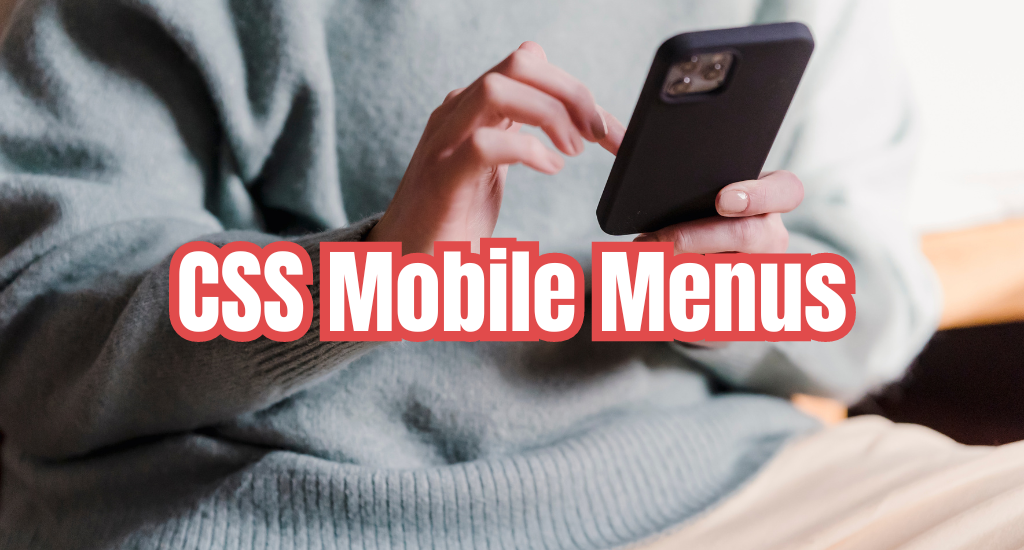A Bootstrap Mobile Menu is a crucial component for modern web design, ensuring that your website remains user-friendly and accessible on small screens, such as mobile devices and tablets. Bootstrap, a popular CSS framework, simplifies the process of creating responsive navigation menus for web development.
Step 1: Bootstrap Navbar
To start, you'll need to set up a Bootstrap Navbar, which serves as the foundation for your mobile menu. Here's a simple example of how to create a basic Bootstrap Navbar with navigation links:
<!DOCTYPE html>
<html>
<head>
<title>Mobile Manu</title>
<link rel="stylesheet" href="https://cdn.jsdelivr.net/npm/bootstrap@5.3.0/dist/css/bootstrap.min.css">
<!-- Link to Bootstrap JavaScript from a CDN (for the mobile toggle button) -->
<script src="https://cdn.jsdelivr.net/npm/bootstrap@5.3.0/dist/js/bootstrap.bundle.min.js"></script>
</head>
<body>
<nav class="navbar navbar-expand-lg navbar-light bg-light">
<div class="container">
<a class="navbar-brand" href="#">Your Logo</a>
<button class="navbar-toggler" type="button" data-bs-toggle="collapse" data-bs-target="#navbarNav" aria-controls="navbarNav" aria-expanded="false" aria-label="Toggle navigation">
<span class="navbar-toggler-icon"></span>
</button>
<div class="collapse navbar-collapse" id="navbarNav">
<ul class="navbar-nav ml-auto">
<li class="nav-item">
<a class="nav-link" href="#">Home</a>
</li>
<li class="nav-item">
<a class="nav-link" href="#">About</a>
</li>
<li class="nav-item">
<a class="nav-link" href="#">Services</a>
</li>
<li class="nav-item">
<a class="nav-link" href="#">Contact</a>
</li>
</ul>
</div>
</div>
</nav>
</body>
</html>
In this code:
- We create a Bootstrap Navbar with responsive behavior.
- A mobile toggle button is automatically generated. When clicked, it reveals the navigation links for small screens.
- You can customize the appearance and behavior of the menu according to your website's design.
Step 2: Mobile Toggle Button
Bootstrap's Navbar component includes a mobile toggle button that appears on small screens. When clicked, it reveals the navigation menu, making it user-friendly for mobile users. To enable this functionality, ensure that you have included the necessary Bootstrap and JavaScript libraries in your project.
Step 3: Styling and Customization
You can customize the mobile menu's appearance and behavior using Bootstrap classes and your own CSS. Adjust colors, fonts, and layout to match your website's design and branding.
By creating a Bootstrap Mobile Menu, you enhance the usability of your website on smaller devices, providing a seamless and responsive experience for your visitors. It ultimately leads to improved engagement and site performance, making your site more accessible and user-friendly.
Conclusion
Creating a responsive mobile menu with Bootstrap enhances the usability of your website on smaller devices. As you follow this step-by-step guide and tailor it to your project's needs, you'll ensure a user-friendly experience for visitors, ultimately improving engagement and site performance.
